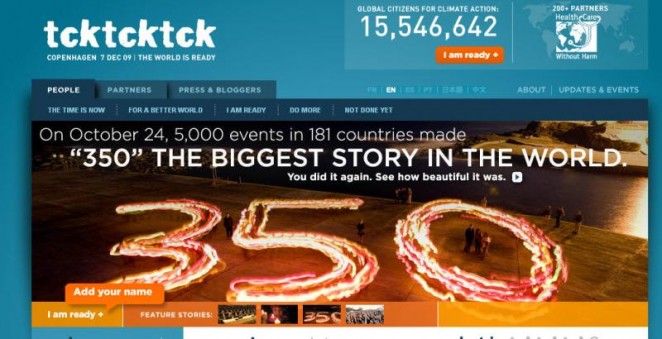Jul 18
20132
Foundations, Non-Profit Industrial Complex, Whiteness & Aversive Racism
Atmosphere Capitalism Colonialism Exploitation Forests Illusory Green Economy Imperialism Oceans privatization REDD UNGEP United Nations United Nations’ green economy programme
The (Illusory) Green Economy – A Critical Analysis by Dr.Joanna Boehnert
The work of environmental scientists supporting the UN’s GEP will give scientific authority the project, but the important decisions will have already been made. The project is a deepening commitment to neoliberal free markets. On a macroeconomic level “the subordination of social and environmental considerations to macroeconomic policy imperatives” is the fundamental basis of neoliberalism (Nadal, 2012, p.15). Once “macroeconomic objectives are determined, every other policy target is chiseled in accordance” (Ibid., p. 15). The lessons of the recent economic crisis in regards to the fallibility of the financial sector are entirely ignored.
The architects of the project have failed to acknowledge the most expansive systemic dynamics of capitalism and ignored the political and historic context. Despite claims by the UNEP, the UN’s GEP is not policy neutral (Ibid., p. 23).
The UN’s GEP is supported by the financial and corporate sectors because they recognize the programme as a continuation of the neoliberal model, an expansion of the scope of market and also an exceptional opportunity to create entirely new financial instruments. Similarly to the financial deregulation that set up conditions for the dramatic plunder of public wealth during the current economic crisis, the UN’s GEP establishes new markets that will lead to new avenues for financial speculation. The speculative bubble during the 2008-2009 period has been estimated to cost governments globally at least $12 trillion (Conway quoting IMF, 2009) leaving several bankrupt national governments and severe economic austerity in its wake. This is the context in which the UN’s GEP is operating. The designers of the project have closely aligned themselves to the same financial institutions that played leading roles in the economic crisis.
Meanwhile, scientific institutions, environmental NGOs and government agencies are working to build institutional infrastructure to give scientific authority to the UN’s GEP. …The historical critique of capitalism presented by John Bellamy Foster (2002) and others describes that the appropriation of the commons is an integral aspect of capitalism. Capitalism is always looking for new means of producing profit from activities that were otherwise not managed through commodity relationships.
The Indigenous People’s Kari-Oca 2 Declaration describes the UN’s GEP as ‘a continuation of colonialism… a perverse attempt by corporations, extractive industries and governments to cash in on Creation by privatizing, commodifying and selling off the Sacred and all forms of life and the sky’ (2012, p.1-2). The programme of re-visioning of the commons as sets of commodities ripe for exploitation is diametrically contrary to the environmental rhetoric used to sell the project. →




